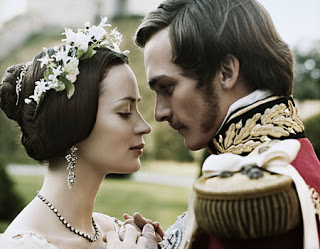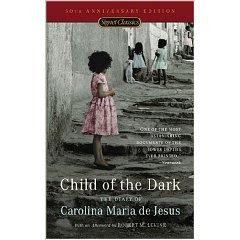All You Need is Love
“All you need is love. But a little chocolate now and then doesn’t hurt.” – Charles M. Schulz, Cartoonist
It’s Valentine’s Day (almost)! And since HemaBlog is about anything to do with blood and hemophilia, why not include the heart? The heart is associated with our emotions–probably because we feel it beat fast when we are afraid… or in love. I confess when I met actor Paul Newman, my heart rate shot up to about 200 bpm! And I told him so!
Here are some fascinating facts about this important organ*:

- The heart beats about 115,000 times and pumps about 2,000 gallons of blood every day.
- An electrical system (a cardiac conduction system) controls the rhythm of your heart.
- The heart can continue beating even when it’s disconnected from the body.
- The first open-heart surgery occurred in 1893. It was performed by Daniel Hale Williams, who was one of the few black cardiologists in the United States at the time.
- The earliest known case of heart disease was identified in the remains of a 3,500-year-old Egyptian mummy.
- The fairy fly, a kind of wasp, has the smallest heart of any living creature.
- The American pygmy shrew is the smallest mammal, but has the fastest heartbeat at 1,200 beats per minute (which actually felt like mine when I met Paul Newman).
- The giraffe has a lopsided heart, with their left ventricle being thicker than the right. This is because the left side has to get blood up the giraffe’s long neck to reach their brain.
- Most heart attacks happen on Mondays.
- The beating sound of your heart is caused by the valves of the heart opening and closing.
- Broken heart syndrome has similar symptoms as a heart attack. But a heart attack is from heart disease and broken heart syndrome is caused by a rush of stress hormones from an emotional or physical stress event.
- Heart cells stop dividing, which means heart cancer is extremely rare.

And where did the Valentine shape come from, that represents the heart? It’s believed to come from the siplhium’s seedpod. It looks like the modern Valentine’s heart. The seedpod’s role with love and sex may have been what first helped associate the symbol.
Happy Valentine’s Day!
*Source: www.healthline.com



